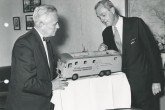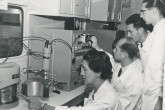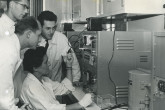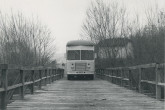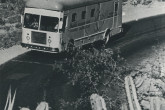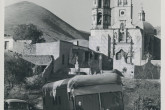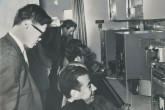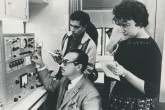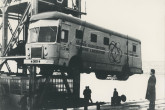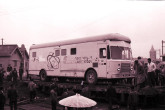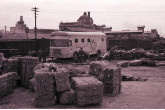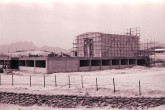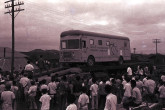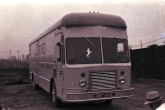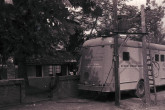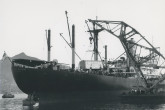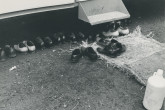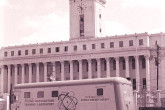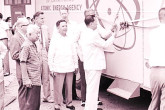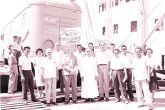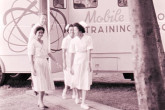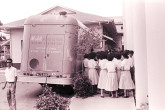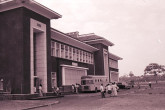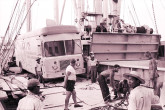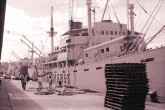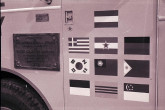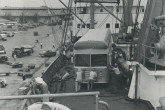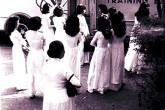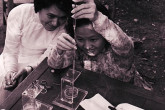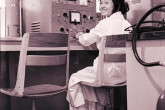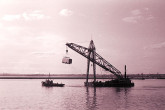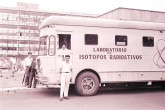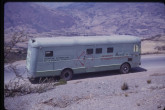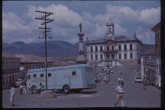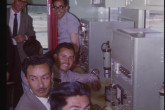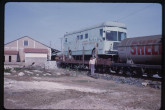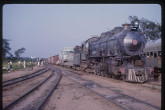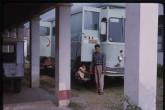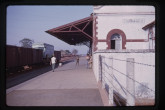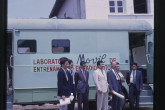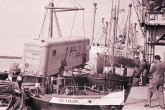From the IAEA archives: the mobile isotope laboratory
Two self-contained mobile radioisotope laboratories were donated to the IAEA by the United States in 1958. The laboratories were specially designed by the Oak Ridge Institute of Nuclear Studies (Oak Ridge TN, USA) at a cost of US$ 85,000 to provide the means for basic training in radioisotope handling techniques. Director General Sterling Cole circulated detailed information asking for requests from Member States wishing to make use of the training units:
Each of the two mobile laboratories consisted of a “chemical laboratory and radiation counting room, mounted permanently on the chassis of a large lorry. Each unit is equipped to provide instruction in various techniques for the use of radioisotopes in medicine, agriculture and industry, and to conduct scientific experiments in biology, chemistry, etc. It appears that the laboratories offer an economic means for training a large number of professionals, technicians and advanced students in a short time …” IAEA Archives, Circular letter, February 24, 1959; SC/216, Box 8619
The first laboratory was used for training purposes in Europe before being sent to East Asia in 1960. The second laboratory was put to use in Mexico in 1960, then travelled through Latin America.
The IAEA provided each mobile laboratory with a scientist in charge of technical instruction, an electronic technician responsible for the maintenance of instruments and who would also act as assistant to the scientist and a driver and operator, who would be in charge of mechanical maintenance.
The visit of the mobile laboratory gave a powerful impetus to atomic training and research allowing universities to train young scientists in basic isotope techniques. From 1959 to 1965 the two units visited 16 countries in Europe, Asia, Africa and the Americas and some 1500 students and technicians participated in training courses.
All images are from the IAEA Archives.


